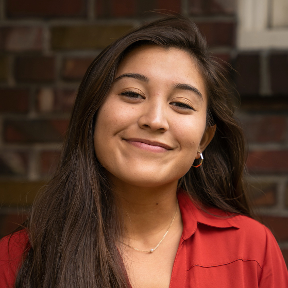Welcome to the Onshape forum! Ask questions and join in the discussions about everything Onshape.
First time visiting? Here are some places to start:- Looking for a certain topic? Check out the categories filter or use Search (upper right).
- Need support? Ask a question to our Community Support category.
- Please submit support tickets for bugs but you can request improvements in the Product Feedback category.
- Be respectful, on topic and if you see a problem, Flag it.
If you would like to contact our Community Manager personally, feel free to send a private message or an email.
Is there an easier way to query for the YZ_PLANE?
 izumi_matsuda
Member Posts: 3 ✭
izumi_matsuda
Member Posts: 3 ✭
When using opSplitPart, I wanted the tool for the split to be the YZ_PLANE. However, the "tool" has to be a query.
The following works:
qEverything()->qParallelPlanes(YZ_PLANE)
However, is there a simpler way to do this?
The following works:
qEverything()->qParallelPlanes(YZ_PLANE)
However, is there a simpler way to do this?
0
Best Answer
-
 NeilCooke
Moderator, Onshape Employees Posts: 5,938
NeilCooke
Moderator, Onshape Employees Posts: 5,938  qCreatedBy(makeId("Right"), EntityType.FACE)
qCreatedBy(makeId("Right"), EntityType.FACE)
Senior Director, Technical Services, EMEA4
Answers
FRC Design Mentor - Team 1306 BadgerBots
You can peek at `defaultFeatures.fs` in the standard library to see them. In particular: `newSketchOnPlane` takes a plane object, but `newSketch` takes a query so you can use the queries like:
const sketch = newSketch(context, id, {
"sketchPlane" : qTopPlane(EntityType.FACE)
});